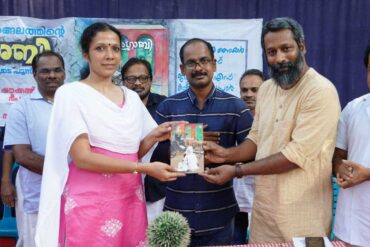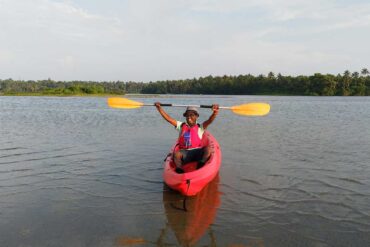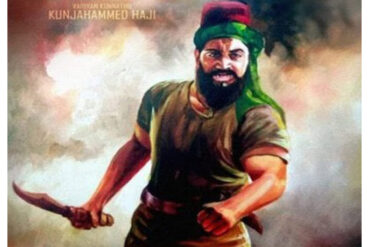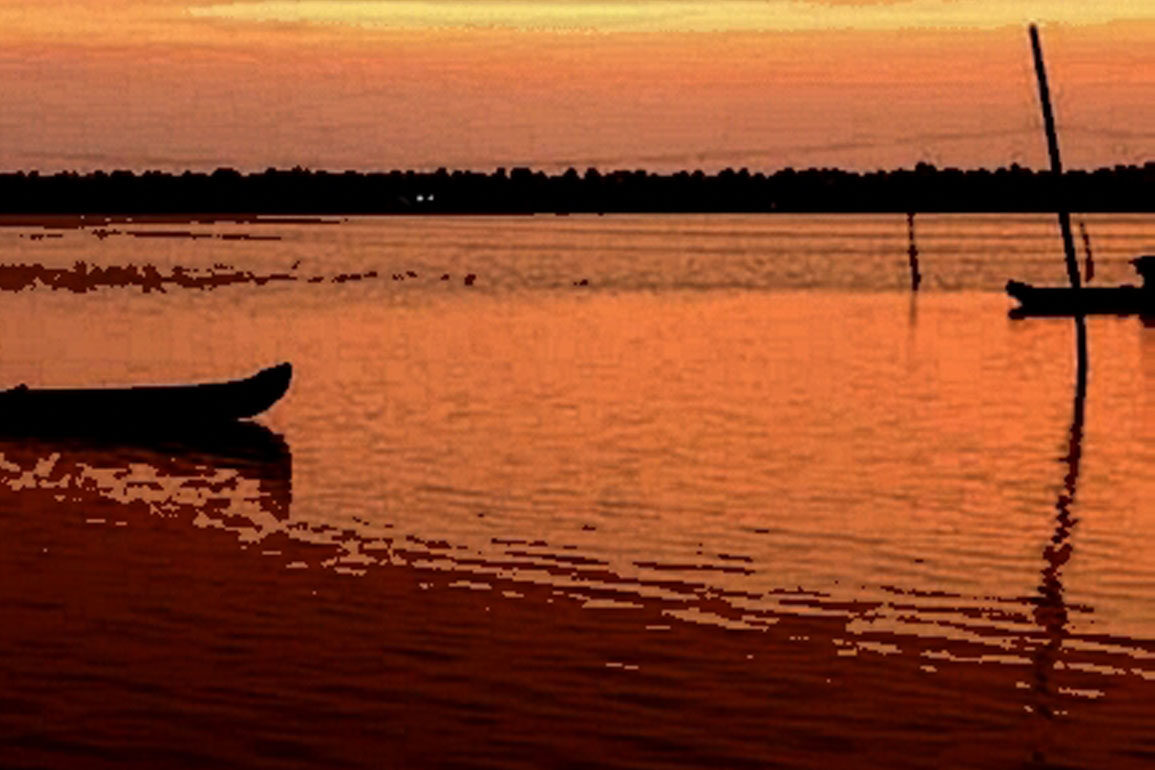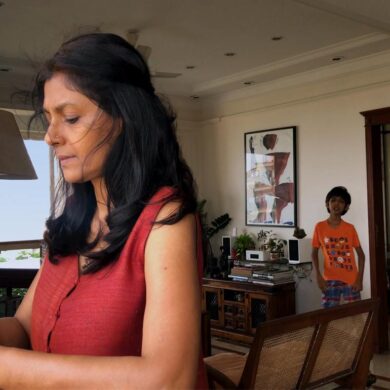These days the news channels are replete with images of agitators taking over the streets in Hong Kong and in several cities across the world over for various issues such as fuel subsidies, Black Lives Matter, inequality, return of democracy and other issues. Some of the protests have even been on the streets surrounding the White House. For well over a century people have been making their protests heard without let or hindrance from the Speaker’s Corner in Hyde Park, London. Such mass movements occupying public spaces are now part of the global scenario.
It is therefore hard to imagine a time and place when members of a particular community were not allowed to meet—not to protest, but to peacefully assemble and discuss matters pertaining to them. Yet that was how it was for the depressed communities in the princely states of Cochin and Travancore in the early part of the twentieth century. In those days these communities faced the most deplorable conditions. Social stratification and discrimination was at its very worst and life was harsh. They were termed untouchable, unapproachable and even unseeable.
With no access to land or the opportunity to earn a livelihood they were no better than slaves. In fact when addressing members of the upper castes, they would refer to themselves as adiyan, which meant slave. The men from the depressed communities were not allowed to wear shirts and the women could not wear an upper cloth to cover their breasts. If they did, they would be subject to mula karam or breast tax.
That was not all: the upper castes instituted a system known as theendal (distance pollution) which was so rigid and inflexible that the Brahmmin Namboothiris considered themselves polluted if they so much as spied someone of the depressed classes standing even a hundred metres away from them. A Nair could approach but could not touch a Namboothiri. An Ezhava was required to remain thirty six paces off and a person of the depressed class ninety six steps away from a Namboothiri. The untouchables were served food on plantain leaves inside a hole in the ground in order to ensure the least pollution from them.
The vicious codes of discrimination imposed on the depressed classes through theendal were so stringent that whenever members went out, they had to make their presence felt by uttering a specific cry at every four or five paces. If answered by someone, belonging to a superior caste, the person had to turn back. The system was so awful and diabolical that an upper caste person could punish a low caste by death for not keeping to the prescribed distance mandated by theendal.

The depressed classes were not allowed to assemble in public spaces— even for peaceful discussion of matters pertaining to the community. No one from these communities had land large enough to hold a meeting of even a dozen people. Even if someone did have land, the authorities would not allow them to congregate in large numbers.
In 1913, the Pulaya community, of the depressed classes, decided to use a most ingenious method to overcome that hurdle. They arranged a meeting on the backwaters of Cochin. Its members arrived at the spot from places like Mulavukad, Panambukad and Vaduthala. They defiantly strung together many rows of boats and catamarans on the water and anchored them to iron poles stuck firmly into the bed of the kayal (backwater). A huge wooden raft was made and used as a platform from which the leaders addressed the gathering. That unique assembly of the Pulaya community came to be known as the Meeting on the Backwaters, or the Kayal Sammelanam.
The meeting was led by poet and social reformer Pandit Karuppan* after whom the road from Thevara Junction to the Kundanoor Junction is named. It was attended by hundreds of people from the depressed classes. They included the family of Dakshayani Velayudhan, the only Dalit woman in the Constituent Assembly of India. The historic Kayal Sammelanam was a great success and it sent out a message of solidarity and protest. That first meeting on the backwaters led to more such meetings. At a later meeting held on the grounds of St Albert’s School in Cochin, it was unanimously decided to submit a petition to Rama Varma, the Maharajah of Cochin. The petition demanded access to public places without any restriction based on caste and creed, educational rights, entry to technical educational institutions for the depressed classes and the doing away of mula karam; it was well received and later led to political and societal reforms.
The Kayal Sammelanam achieved significant results. It led to the formation of the Cochin Pulaya Mahasabha which gave the community a platform from which to voice their protests and grievances. The sammelanam provided the Dalit movement in Kerala a robust foundation and perhaps brought in the dawn of the Dalit movement in Kerala.
*Not by Ayyankali as stated by Narendra Modi in 2014 on the occasion of great social reformer of Travancore’s birth anniversary
Pic credit: Pandit Karrupan Foundation

